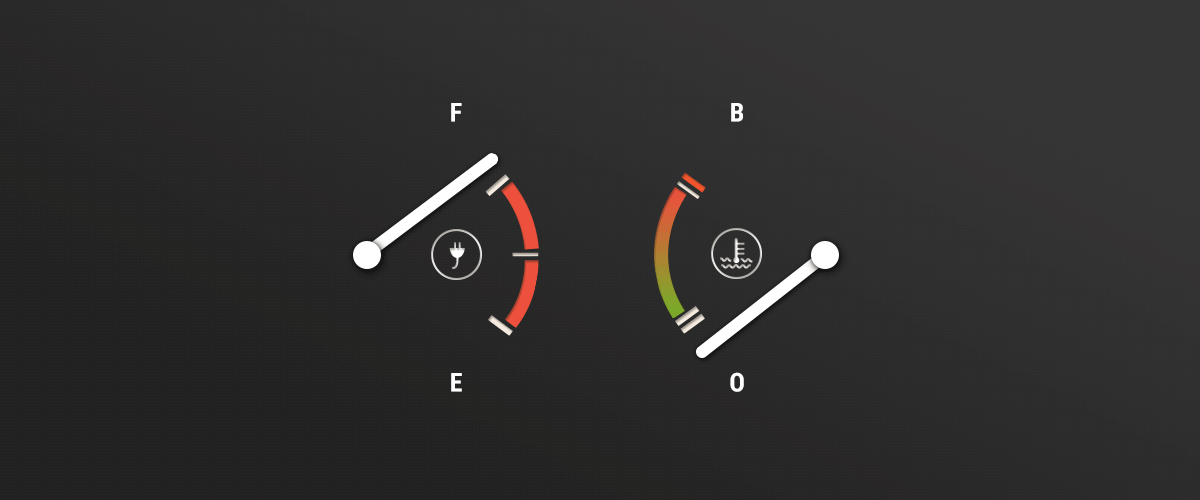Drinking water can be heated by heat exchangers, but also by fired or electrical heaters.
These are two variants which significantly differ in an essential point.
In case of heat exchangers the wall temperature of the heating exchanger surface is determined by the heat transmission of the fluids involved in the exchange of heat. In a worst case (i.e. if no heat is transferred) the wall temperature of heat exchanger surface can maximally accept the temperature of the hottest fluid. This means in practice: if the heat exchanger is contaminated, one fluid remains hot and the other remains cold. But the heat exchanger will (normally) not be damaged.
Things are different in case of fired or electrically heated heaters. They specify the power which is transferred by a certain surface. Therefore, the temperature difference between the heating surface and the fluid is determined (approximately) only by the heat transmission. The product from the temperature difference and the heat transmission remains the same. This means in practice again: if the heat transmission becomes worse (lower), the temperature difference will grow.
A dirty heater is destroyed by overheating.
(This is the reason why heaters endangered by overheating have an own diagram in the Pressure Equipment Directive for an assessment of risks for the generation of steam and/or hot water). Therefore, a prevention of this overheating is of major importance for the "survival" of a heater.
Whenever drinking water is heated, make sure that the minerals dissolved in the drinking water are less dissolved at increasing temperatures. Whenever the temperature rises, these minerals will precipitate and frequently form a "lime coating". This lime coating only deposits on hot surfaces and obstructs the heat dissipation (with the consequences as described above).
The heated surface becomes increasingly hotter, resulting in a strongly increased attack of corrosion. The corrosion processes are significantly accelerated by the higher temperatures so that e.g. chloride ions enclosed in the coat layer may lead to stress corrosion crackings in austenitic stainless steels.
The higher the temperature of the heating surface is, the more lime will precipitate.
This process accelerates significantly, particularly above approx. 60 °C. Therefore, it is important that the heating surface temperature be kept as low as possible. This is all the more important the harder the water is, i.e, the more dissolved hardness elements (calcium and magnesium ions) prevail.
The quotient of power and heated surface is a measure of how intensely the heating bar surface is heated versus the water. In case of water having a hardness below 18 °dH good experience has been made with surface loads of less than 6 W/cm². In case of harder water no more than 4 W/cm² should be specified.
However, it is mandatory that coats be removed from the heating surface in time. "In time!, however, is based on operational experience. Depending on the property and chemical composition, a coat thickness of 1 mm may already result in an inadmissible obstruction of heat dissipation. Local experience with the calcification of coffee machines and valves/fittings or lime spots on glass surfaces are an indicator of how frequently an electrical heater must be decalcified. It is important that suitable agents be used for a decalcification. These agents must not damage the heating surface. Agents containing hydrochloric acid are by no means allowed.
Electrical heating elements are mainly distinguished by two variants: there are heating elements which can be replaced without draining the container and other elements. Depending on the type, the exchangeable heating elements provide a worse heat transfer than the heating elements which cannot be exchanged.
In addition, the exchangeable heating elements are more susceptible to environmental influences in most cases. An exchangeable heating element, which is defective, can be replaced more easily than the other variant, but has a shorter service life. This is to be balanced one against the other. Therefore, exchangeable heating elements would be preferred for a large storage tank; the non-exchangeable variant would more or less be preferred for a small system.
Both have the following in common: if corrosion damage occurs (e.g. because of overheating), the complete heater must be removed in both cases, and the exchangeable heating elements have no longer an advantage here. By the way, it must be mentioned that electrical heating elements which can be exchanged can normally not be designed as compact as the non-exchangeable heating elements.
These considerations similarly apply to all other fluids to be heated. Oil cracks at too high a temperature will thus form a carbon coat on hot surfaces. Other fluids lead to increased corrosion if the temperature of the heating surface becomes too high. Therefore, the technical design of electrical heating elements is extremely important for a long service life of the heater (and the fluids as well, if necessary).

